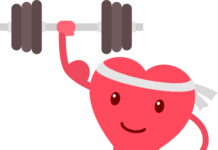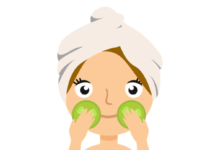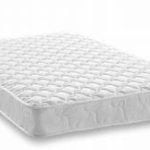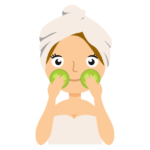Nothing is worse than having a pair of rounded shoulders with a hunch back. Sculpted shoulders add a more pop to your arms and give the illusion of a smaller waist.
To have a complete physique you can’t neglect your shoulders and other body parts. That means giving every body part total focus in the gym even if you aren’t too fond of doing certain body parts such as legs for most people. When I train, my objective is to work each body part a minimum of once each week and a maximum of twice each week. That same rule applies to shoulders. I usually pair my shoulders with my back routine.
To grow big, sculpted strong shoulders, you need to hit them at least three exercises each training session. Now, if you’re strong enough and conditioned then feel free to increase it to 4-5 exercises on shoulder day. I make sure I warm up my shoulders getting blood throughout the arms and body. It’s essential to prevent injury. I start with small circles going forward for at least 30 seconds and then I reverse and go backward for 30 seconds. Then I do the same thing, only making the circles bigger.
Here’s a breakdown of two shoulder routines. I chose these exercises because collectively they work each head of the deltoid. I train shoulders on Monday and Thursday but its up to you. Just don’t train shoulders on consecutive days. Follow this shoulder routine and they’ll grow and get defined. Trust me and enjoy! Now, are you ready?
EQUIPMENT/ACCESSORIES USED
MONDAY
- DUMBELL FRONT RAISE
This isolation exercise primarily works your anterior (front) deltoid. Stand with your feet shoulder width apart. Hold a dumbbell in each hand and rest your arms at your sides. Using an overhand grip, slowly raise your arms in front of you and bring the dumbbell to eye level. Then, slowly lower the weight back down to your sides. Find yourself swinging? It’s likely that the weight you’re using is too heavy. Remember: Speed isn’t the key here. It’s all about slow, isolated exercises.
- 1 set warm-up of 20 reps using very light weight
- 3 sets of 12-15 reps
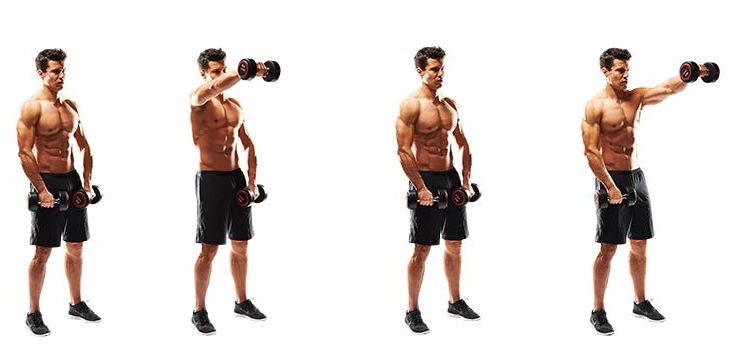
2. DUMBELL OVERHEAD PRESS
This shoulder exercise works your anterior deltoid while indirectly targeting your triceps and upper back.
Sit on a bench with a dumbbell in each hand, and make sure your feet are shoulder width apart and flat on the ground. Bring your arms to shoulder level and bend at the elbows. From there, simultaneously push the dumbbells overhead and extend until they touch for a complete repetition. Lower the dumbbells back down to chest level and repeat.
- 1 set warm-up of 20 reps using very light weight
- 3 sets of 12-15 reps
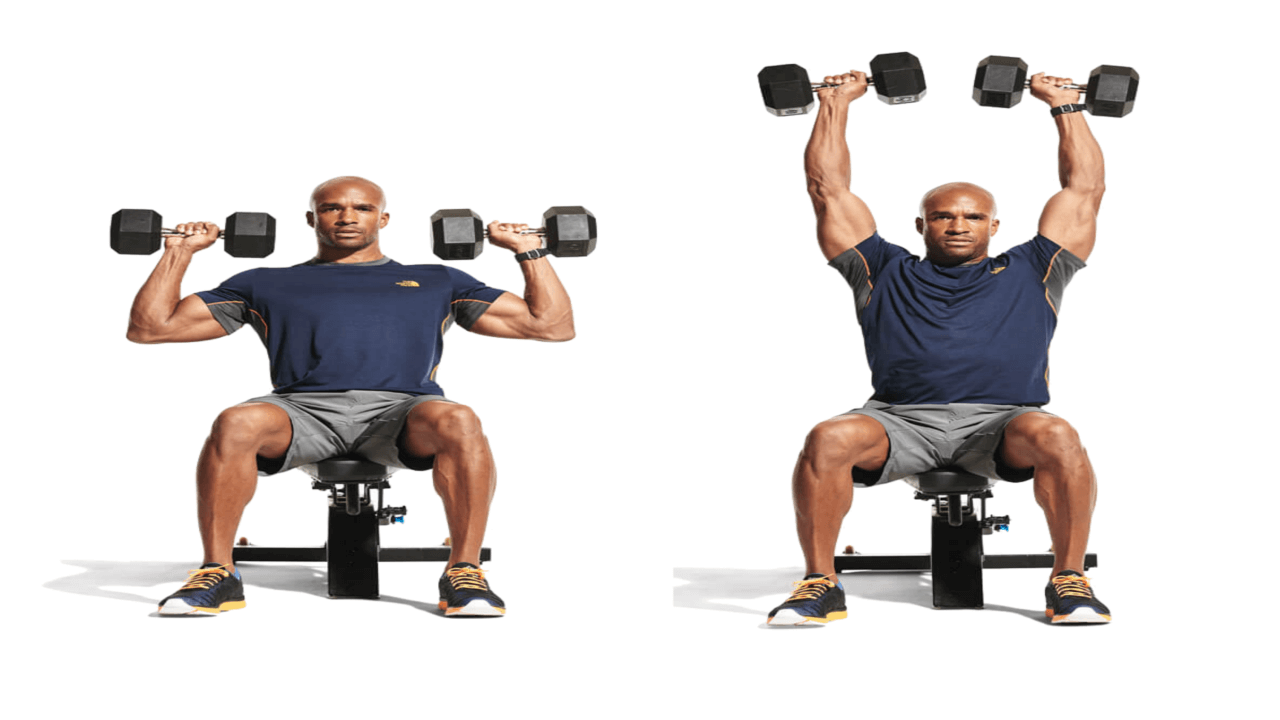
3. BARBELL UPRIGHT ROW
This compound exercise works the deltoids and trapezius muscles while indirectly targeting the triceps.
Stand with your feet shoulder with apart and your knees slightly bent. Hold the barbell in front of you, resting it against your thighs. Pull the barbell up until it reaches the level of your clavicle.
At this point, your elbows should be fully pointed outward. Be sure not to swing or bounce the bar or rise to your tippy toes. Keep a steady breath, inhaling on the downward position and exhaling as you pull the bar upward.
- 1 set warm-up of 20 reps using very light weight
- 3 sets of 12-15 reps
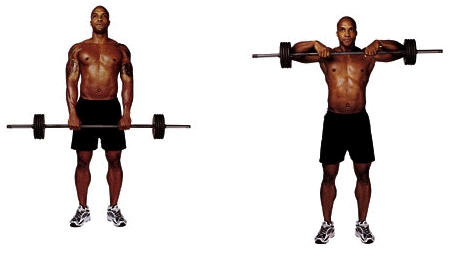
THURSDAY
- DUMBELL SHOULDER SHRUG
This exercise works the upper trapezius muscle, helping you built titan-style traps.
Hold a dumbbell in each hand using an overhand grip. Stand upright, feet shoulder-width apart. From the starting position, squeeze together your shoulder blades while simultaneously rotating your scapula. Try to bring your shoulders to your ears (or as close as possible) while elevating your scapula.
Hold that contraction for at least two seconds before lowering your shoulders back down.
- 1 set warm-up of 20 reps using very light weight
- 3 sets of 12-15 reps
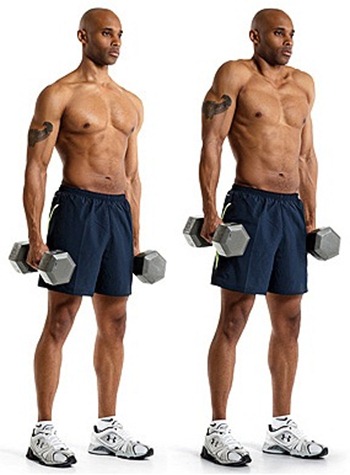
2. DUMBELL LATERAL RAISE
These raises primarily work the middle head of the deltoid as well as the anterior deltoid and posterior (back) deltoid. Stand with your feet shoulder with apart, feet firmly planted. Holding a dumbbell in each hand, and keeping a slight bend in each arm, raise your arms to shoulder height.
Slowly bring your arms down and back to your sides. Repeat.
- 1 set warm-up of 20 reps using very light weight
- 3 sets of 12-15 reps
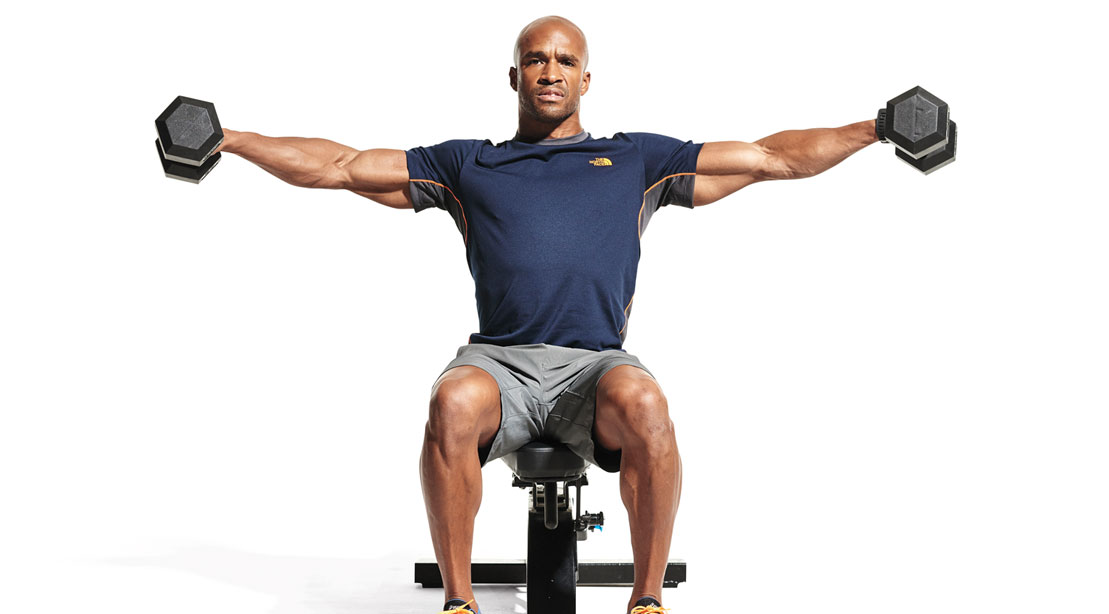
3. MILITARY PRESS
This exercise works the entire shoulders complex, but especially the front deltoids.
Sit on a bench. With your feet firmly planted and roughly shoulder width apart, grasp the bar with an overhand grip. Extend your arms straight while lifting overhead. Try not to arch your back.
Lower the bar back down to your clavicle and repeat. Be careful not to hold your breath. Inhale while pulling down and exhale while pushing up.
- 1 set warm-up of 20 reps using very light weight
- 3 sets of 12-15 reps
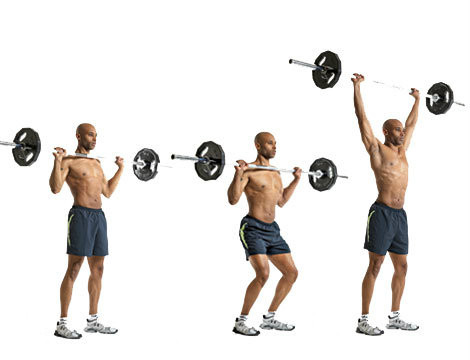
Here is facts about shoulders but roughly 70% of us will experience a shoulder injury at some point in our lives. Luckily, you can prevent it by having a balanced training routine that I provided and its the most effective at keeping your shoulders healthy, strong, and toned.
To summarize a few things is we have three distinct muscles that make up the shoulder—the anterior, medial, and posterior deltoids—and each one is worked by different exercises. The anterior—a fancy word for “front”—is the part you see when you look at your shoulder in the mirror. It’s also the part of the shoulder that we tend to focus on most, in moves such as push-ups and shoulder presses. But when we spend too much time strengthening the anterior delt, the shoulder muscles become unbalanced.
Not only can this affect your posture (when the front delts are strong and the rear delts are weak, the shoulders tend to roll forward), that structural imbalance is what leads to shoulder injuries, the most common being rotator cuff tears. Its exactly what I mentioned in the beginning of this article about having rounded shoulders and a hunch back due to an unbalanced training routine. When one part of it is stronger than the others, it’s not able to move the way it’s supposed to. That puts extra strain on the connective tissue that supports the shoulder, and when that tissue gets worn down or weakened, it’s more prone to tearing.
So now you have the shoulder routine, so be consistent, safe, and work hard so you can achieve those results!!








